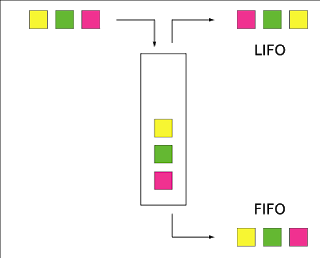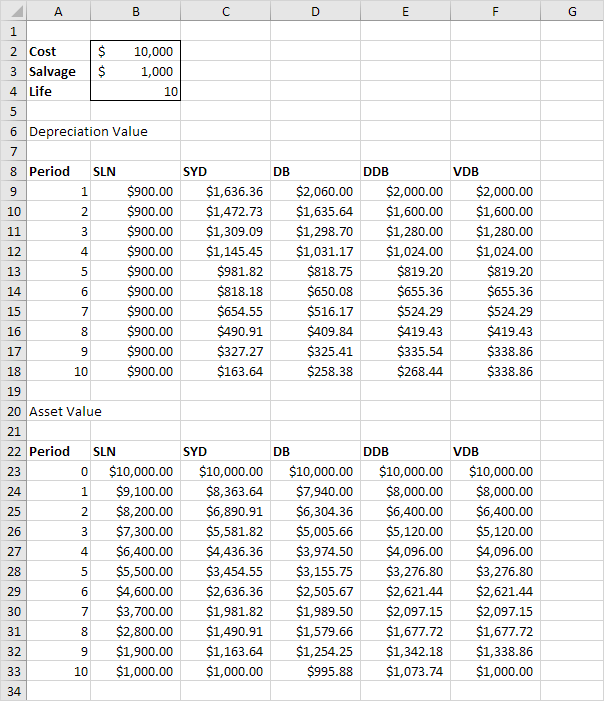Content

Using this pricing strategy assumes your competitors have done their due diligence. Innovative businesses inform competitor pricing with dynamic tools like Flintfox’s pricing engine. This makes rapid calculations based on the market rather than painstaking manual calculations or best guesses. An effective pricing strategy is vital for maintaining and growing profit margins and market share in today’s highly competitive markets.
This strategy requires not only improving the product or service itself, but making sure customers are aware of the differences that justify the premium pricing, through marketing and branding. Competitive pricing is the process of selling your products or services at the same or a lower price than your competitors. Businesses can also practice competitive pricing by offering more attractive payment terms than their competition. Retailers that truly want to be competitive with their pricing need to have extremely accurate, up-to-date information on their competitors’ prices. Equipped with the right solution, retailers can establish processes for pricing best practices and improve customer price perception. Leveraging competitive pricing information also provides a strong foundation for using Artificial Intelligence and data science for price optimization. Consumers are increasingly price savvy, and eCommerce makes it easier than ever for buyers to comparison shop.
Your Company’s Competitive Strategy Pricing Choices
As you can see in the image below, consumers have a path between triggers and purchase. In order not to lose sales, ecommerce store owners must have competitive prices. Competitive pricing performs best when it is used as part of a dynamic pricing strategy and when it is combined with e.g. price elasticity, key-value item pricing strategy or business rules. Checking the prices of competitors and adjusting your prices using outdated tools such as spreadsheets can be time-intensive and error-prone. Using an automated pricing tool such as SYMSON makes the process much more efficient and reduces manual labour. If you have your own brand with unique products, you would like to position your prices differently. In SYMSON you can take into account competitor prices when positioning your product.
Does Coca Cola use competitive pricing?
Coca-Cola's Pricing Strategy For Price Acceptance
This means that prices are set at the same level as competitor soda companies. They do this because they understand that consumers need their product to be affordable, even though they are a powerful brand.
Implementing a competitive pricing strategy for your business can help the business grow. The results of a competitive pricing strategy are usually evident after a short amount of time. Assessing the long term implications requires the business owner to have the ability to effectively understand the overarching trend, and their position in the industry. A low pricing strategy is generally adopted when you benefit https://online-accounting.net/ from economies of scale, and you’re able to bulk produce products, which in return reduces the cost of production. Competition-based pricing doesn’t consider how customers react to your pricing strategy. Instead, it just focuses on what other companies and market leaders are doing. By leaving customers out of the equation, it’s tough to anticipate how shopping behavior might impact your pricing in the long term.
Pricing Strategy Options
Competitor pricing is where a business bases its selling prices on the prices of its direct competitors rather than, for example, its own costs. For example it might try to “price match”, or aim to offer lower prices than a competitor. If you can increase the volume without affecting the production cost to a great extent, then this might be a good strategy for you. However, there’s the risk of diminishing profit margin and you might not be able to recover your sunk cost and even face bankruptcy. This blog post provides a glimpse of four major eCommerce pricing strategies and deep dives into competitive pricing strategy, which is used by most companies around the world. If you are responding to every move your competitors make, it only stands to logically reason that a competitive pricing strategy can further assist in a better positioning of your business.
What are three types of competitive pricing?
There are three types of competitive pricing: price leadership, price matching, and price discrimination.Price leadership is where the dominant firm sets the price point for the rest of the market. The other firms then follow suit and charge a similar price. This strategy is often used by firms with a large market share who can afford to set low prices and still profit.Price matching is when firms offer the same price for their product or service. This pricing strategy is often used by smaller businesses that cannot compete on price alone and need to match the prices of their larger competitors.
Retailers must be fully informed of the prices their competitors charge and also know how discerning their customers are on price alone. Once price is established, sales volume must be monitored to see if the strategy is working. The concept of competitive pricing is best understood when there are only two competing parties. Company A’s Vitamin C is of the same quality as the competitors, but they are new to the market and want to make share gains. They price their product at $30 per bottle to lure price-sensitive customers away from their competitors. In well-established markets, customers are familiar with price points and have solid expectations of value.
Pros of competition based pricing
Unlike cost-plus pricing, a competitive pricing model doesn’t look internally at production costs; instead, it looks outward at competitor prices and consumer demand to determine the optimal final price. A competitive pricing strategy is Competitive Pricing Definition a price-setting that is based on your competitors’ prices. This pricing method focuses solely on the prices of your competitors that are public, but it does not take into account how much customers value the product or production costs.

With the assistance of software solutions, you can analyze and update price data continuously. This is the first step toward harnessing the power of dynamic pricing models driven by supply and demand. Retailers who are selling the same products as their competitors frequently use Competitive Based Pricing, as potential customers often compare prices for their desired items and make a purchase decision based on price. This is especially prevalent in the online space were Google’s Shopping feature makes price comparison easy for consumers. Cost-plus pricing strategy is one of the simplest methods of determining a price for your product. In this strategy, a prefixed profit margin is added to the total cost of the product which becomes your selling price.
This supports the idea that sometimes being the cheapest is not the best option. As online merchants, you need to be monitoring competitor prices, and take action according to it. So you need a solid data collection system and a deeper pricing analysis.
2023 New Report on Cloud Computing in Insurance Market Come … – Digital Journal
2023 New Report on Cloud Computing in Insurance Market Come ….
Posted: Mon, 30 Jan 2023 05:36:16 GMT [source]
“The first step to market-based pricing is to determine what items are most important to be competitive on, and who you need to be competitive with,” said Gillies. “This will ensure you are making decisions based on the data that matters most and focusing on the products most likely to impact revenue and consumer pricing perception. Vendors who are not market leaders can use the accepted price as a starting point. From there they can opt to charge slightly more on the basis of factors such as superior customer service or an extended warranty on a product.
Understand the end-to-end experience across all your digital channels, identify experience gaps and see the actions to take that will have the biggest impact on customer satisfaction and loyalty. Deliver breakthrough contact center experiences that reduce churn and drive unwavering loyalty from your customers. Relevant resources to help start, run, and grow your business, delivered twice a month. What’s New The latest product innovations and business insights from QuickBooks.
Intentionally setting prices below competitor selling prices can effectively grow market share and revenue in the short term. Marketing yourself as the lowest cost option is a genuine pricing strategy, but it can affect profitability and damage perceived value in the long term. For many retailers, competitive pricing can be the right first step towards price optimization. Maybe your current strategy is margin driven, and you’re looking to be more competitive. Or perhaps you need competitor price information to make dynamic decisions.

